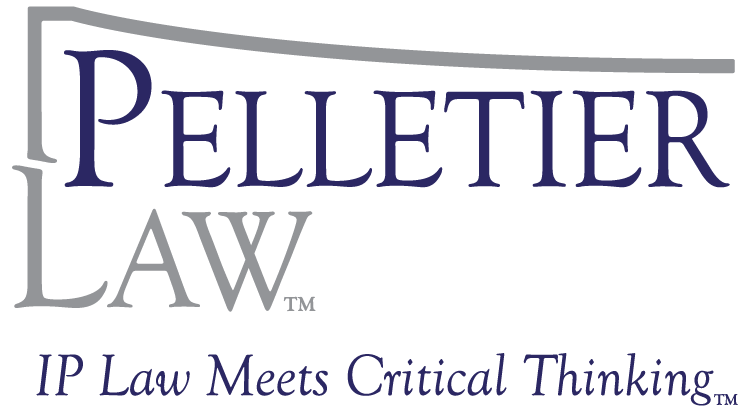Gold Seals and Red Ribbons or Grey Matter?
What would you, as in-house intellectual property (IP) counsel or a strategy officer, rather have: patents, with the attendant gold seals and red ribbons, or the employees who develop the company’s technology?
A popular answer is patents.
For example, when a company is about to be sold or go public, its patents often are and should be valued. But, key employees, while perhaps retained or noted, are not (at least typically are not) assigned a monetary value as part of the transaction. Having said that, certain contracts with those employees, such as covenants not to compete or confidentiality agreements, may be assigned a monetary value.
As another example, some companies feel more secure knowing that they own patents that they believe cover their products or processes. Those companies see a patent as providing the elusive legal monopoly in a certain market. Of course, there is much more to successfully making a product, or successfully using a process, than simply practicing a patent. As the saying goes, a patent is not and is not intended to be a product or manufacturing specification.
With those examples in mind, the point is that simply elevating patents, or even patents and applicable contracts, above the “brains behind the operation” is myopic and indicative of missed opportunities.
Here is the reality. Only a very small percentage of U.S. patents are commercially viable, meaning practiced by their owners, licensees or even infringers.
Of course, there is another side to the patent coin. Some people believe that patents can serve as a shield; as in, we have patents, so if you sue us, then we’ll sue you. An IP portfolio that includes shielding or defensive patents may elevate the importance (and value) of the portfolio, but those patents often do so in a risk averse, “we hope we never have to find out how good these patents actually are” sort of way.
On the other hand, consider this: a company’s technology often is further developed, in key ways, after a patent application is filed and even after a patent is granted. Certainly, patent applications relating to at least some of those developments may be filed and, in some cases, corresponding patents may be granted. But, it is the rare, and probably non-existent, case where all key developments (e.g., all inputs, QC/QA specifications and specific engineering principles incorporated into the mix) are patentable or patented.
More compelling is this: it is almost certain that not all of those developments are properly “harvested” or inventoried by the company. This is where real opportunities exist. Real trade secret opportunities.
Savvy IP companies will account for those developments and secure appropriate IP protection (trade secret or perhaps even patent protection). In the process, the company can enhance its competitive position and overall value. Those enhancements result from reducing the risk that those developments will leak into public domain, be “lost” in the employees’ grey matter or freely passed onto a competitor when that employee takes a new job.
Matt Ridley, a member of the British House of Lords, recently wrote:
Even the most explicit paper or patent application fails to reveal nearly enough to help another to retrace the steps through the maze of possible experiments. One study of lasers found that blueprints and written reports were quite inadequate to help others copy a laser design: You had to go and talk to the people who had done it. So a patent often does not achieve the openness that it is supposed to but instead hinders progress.
(Matt Ridley, The Myth of Basic Science, Wall Street Journal, Oct. 24-25, 2015, C1-C2.)
Putting aside (1) whether a patent application that Mr. Ridley describes would pass muster under U.S. law (it might not) and (2) whether patents hinder progress (I do not believe they do), his pragmatic observation about the people involved in the development process bolsters the point being made here: employees’ key, post-patent application and post-patent developments should be inventoried and protected and trade secret protection often is the way to go.
For IP professionals who are football fans, think of it this way: patents may well allow a company to effectively move the ball between the 20’s. But, if you want to be efficient in the red zone and score touchdowns and not settle for field goals, inventory and take care of those subsequent, commercially viable developments. Those often are prime trade secrets.

Leave a Reply